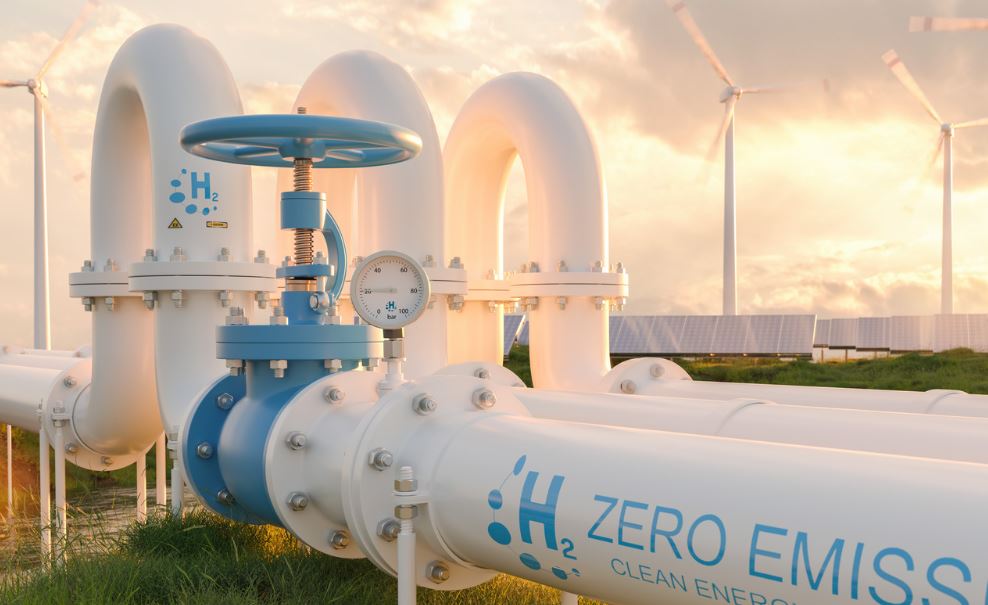China’s first interprovincial hydrogen pipeline spans 400 kilometers from Ulanqab to Beijing, yet the project’s 100,000-tonne annual capacity represents just 0.3% of China’s 33 million tonnes of hydrogen demand in 2023, highlighting the experimental rather than transformational nature of this infrastructure development. Sinopec’s pipeline, officially approved by Inner Mongolia authorities, connects the company’s 1GW wind-powered electrolysis facility to the capital’s industrial consumption centers.
Inner Mongolia’s renewable hydrogen production potential could reach 1.4 million tonnes annually when planned projects are included, exceeding aggregated renewable hydrogen targets across all Chinese regions. This capacity concentration reflects the province’s strategic positioning within China’s hydrogen geography, where resource-rich interior regions must develop transportation links to demand centers in eastern economic corridors.
The pipeline’s technical specifications reveal both ambition and constraints. The initial throughput capacity of 100,000 tonnes can expand to 500,000 tonnes in future phases, with connection points designed for additional hydrogen sources to feed into the system. However, this maximum capacity would still represent less than 1.5% of national hydrogen demand, suggesting that individual pipelines cannot address systemic supply-demand geographic mismatches.
The pipeline traverses nine counties and cities across three provinces, terminating at Sinopec’s Yanshan Petrochemical facility in Beijing. This routing through multiple administrative jurisdictions demonstrates regulatory coordination capabilities that could influence future cross-regional energy infrastructure development, yet also introduces potential governance complexities for operational management.
China’s hydrogen strategy faces fundamental economic challenges that pipeline development may not resolve. Current hydrogen production costs in China range from $2.5-4.0 per kilogram for electrolytic hydrogen, compared to $1.5-2.5 for steam methane reforming, creating competitive disadvantages that transportation cost reduction alone cannot overcome.
The project’s alignment with Inner Mongolia’s “one line, two loops, four outlets” pipeline strategy indicates systematic infrastructure planning beyond individual project scope. Inner Mongolia plans 10 GW of energy storage construction beginning in 2024, with an additional 11 GW pipeline through 2025, suggesting coordinated development of generation, storage, and transportation systems.
Pipeline economics depend heavily on utilization rates that may prove challenging to achieve. Unlike natural gas pipelines that serve diverse consumer segments, hydrogen pipelines require industrial off-takers with specific consumption patterns and contractual commitments. The Yanshan Petrochemical complex provides an anchor tenant, yet broader market development remains uncertain.
The renewable energy curtailment problem that the pipeline ostensibly addresses reflects China’s broader grid integration challenges. Inner Mongolia’s wind and solar capacity expansion has outpaced transmission infrastructure development, creating periodic oversupply conditions that hydrogen production can theoretically utilize. However, curtailment patterns vary seasonally and annually, complicating consistent hydrogen production planning.
Transportation cost advantages over trucking depend on volume thresholds and distance factors that may favor pipeline economics for this specific route. Compressed hydrogen truck transport costs approximately $4-6 per kilogram over 400-kilometer distances, while pipeline transport could reduce costs to $1-2 per kilogram at full utilization, creating potential competitive advantages.
The project represents a test case for China’s broader hydrogen infrastructure development strategy, where success metrics extend beyond immediate economic returns to include technological demonstration and regulatory framework development. Future pipeline projects will likely incorporate lessons learned from this initial deployment regarding routing, capacity optimization, and operational protocols.
Cross-regional hydrogen transportation addresses industrial decarbonization requirements in Beijing-Tianjin-Hebei region, where steel, chemicals, and refining sectors face increasing pressure to reduce carbon emissions. These industries represent logical early adopters for pipeline-delivered hydrogen, yet their conversion timelines and volume commitments remain uncertain.
The pipeline’s integration with China’s National Development and Reform Commission directives on clean hydrogen and co-firing demonstrates policy alignment, yet implementation success depends on market mechanisms and pricing structures that make green hydrogen competitive with alternatives. Current Chinese policies provide production subsidies but limited demand-side incentives for industrial hydrogen adoption.
International implications extend beyond domestic energy security to positioning within global hydrogen trade development. China’s pipeline experience could inform future cross-border hydrogen infrastructure projects, particularly connections to Central Asian renewable resources or domestic distribution networks for imported hydrogen from regions with lower production costs.





